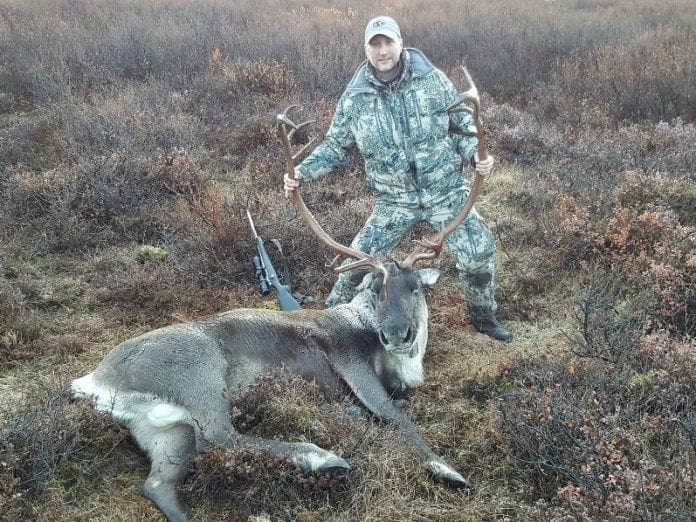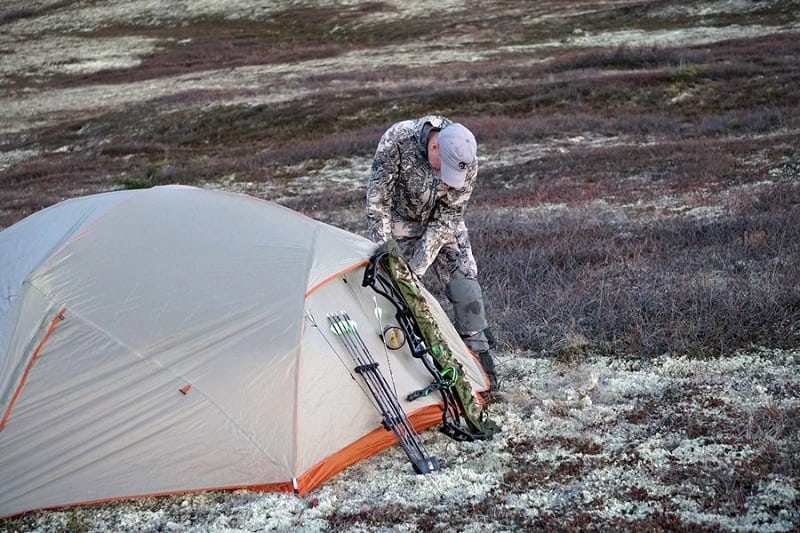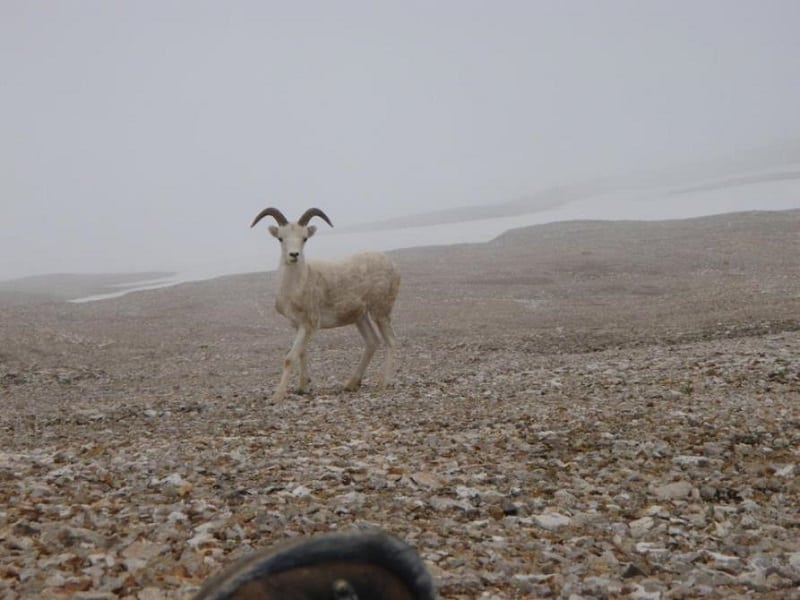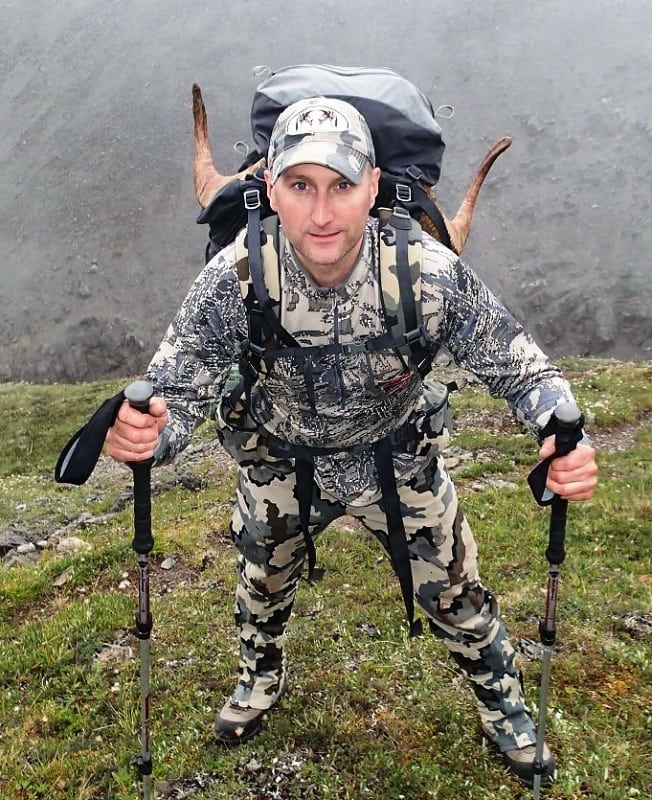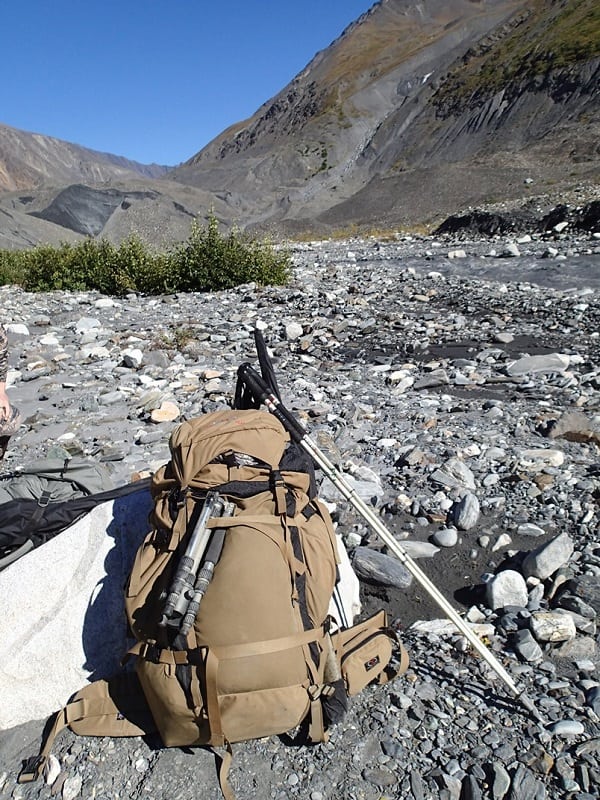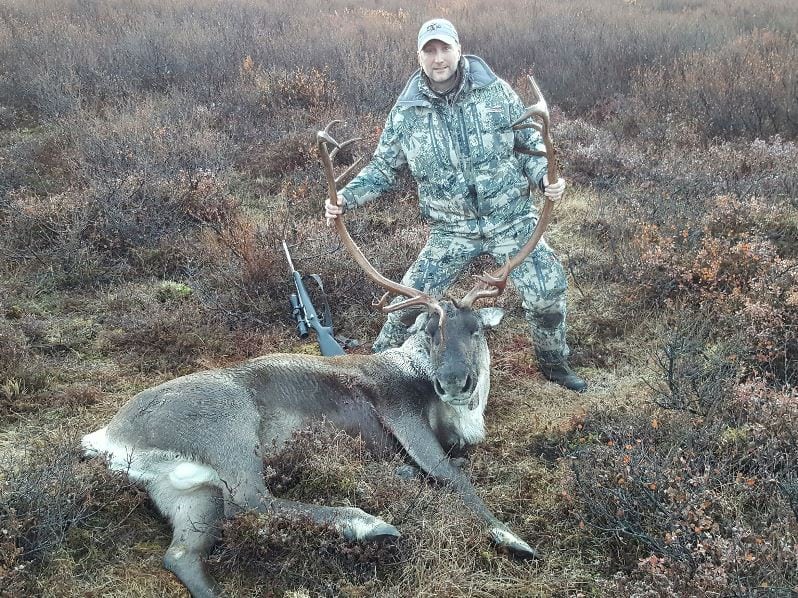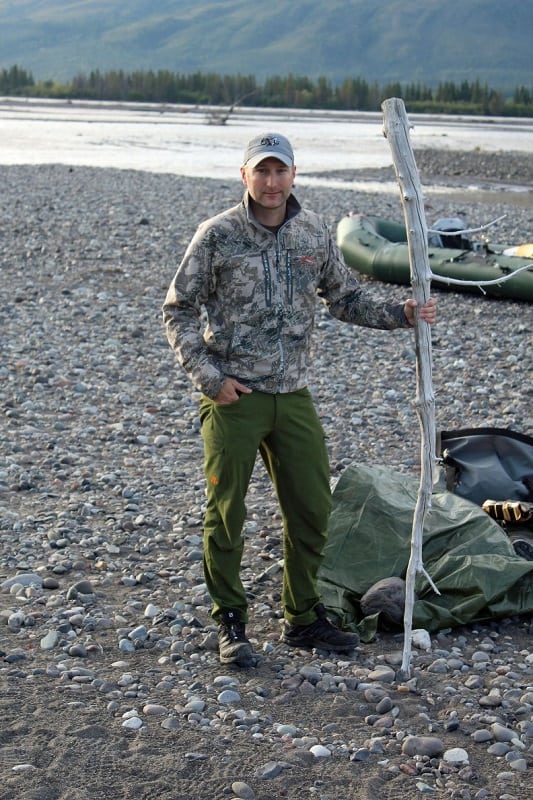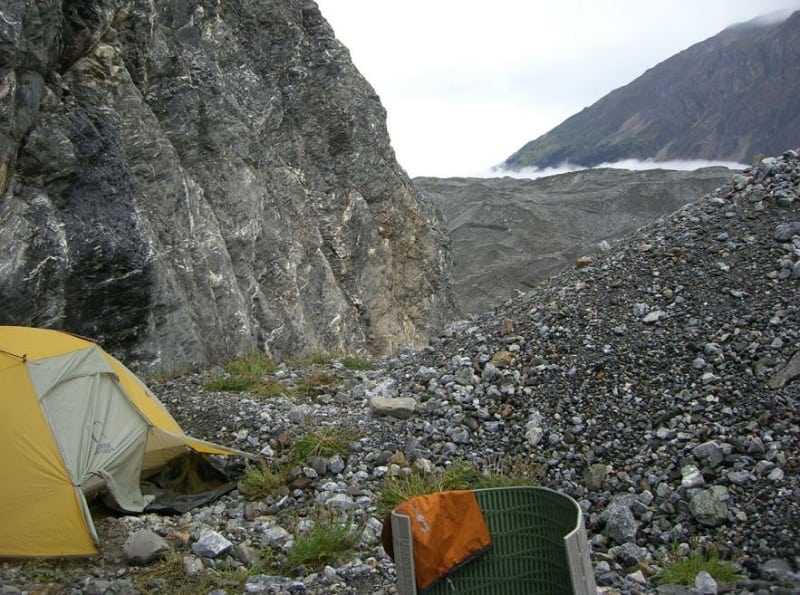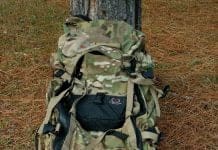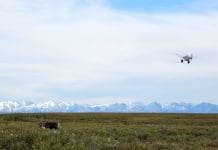Non-Resident’s Guide to Hunting Alaska
By Matt Wymer, Rokslide Moderator
Alaska is an amazing place to live, hunt, and recreate. However, the vastness of the state combined with remote locations and unique terrain poses a challenge for those new to the Last Frontier. If your dream has been to hunt in Alaska don’t let this discourage you. Despite Alaska’s “pucker factor,” even a cheechako can successfully tackle Alaska and succeed. Here are a few tips to help you get started. Before we get started, let’s throw one brake on the process. Planning a hunt to Alaska takes time. Either put in the time, go with someone else who has, or pay for the expertise of another.

Make an Alaskan Connection
Utilize a friend of a friend, connect with someone via social media or forums (such as Rokslide), or even “buy a friend” by utilizing services that help you navigate Alaska. Larry Bartlett at Pristine Ventures is one such resource. Ask questions, get referrals, but don’t expect GPS coordinates to a secret spot. You will still need to do some homework, but at least your homework can be more focused and you have a source to bounce ideas off of.
Get to know as much as you can about your chosen target and what YOU want
Are you just after the first legal critter you see, or are you looking for a B&C/P&Y wall hanger? Moose, caribou, brown bear, and even a full curl ram is going to impress the pants off you the first time you see one. Understanding the specie and defining what a trophy is to you helps reduce the potential for regrets. Sheep, Goat, and Brown Bear have very specific regulations for Non-Residents. For most, this will require the services of a guide. Complicating matters is the individual Alaska Fish and Game definitions of exactly what a legal animal is.
Here is a link to the variety of species Alaska has:
http://www.adfg.alaska.gov/index.cfm?adfg=hunting.species
Here is a screen shot of the website (pulled 07/05/2018)
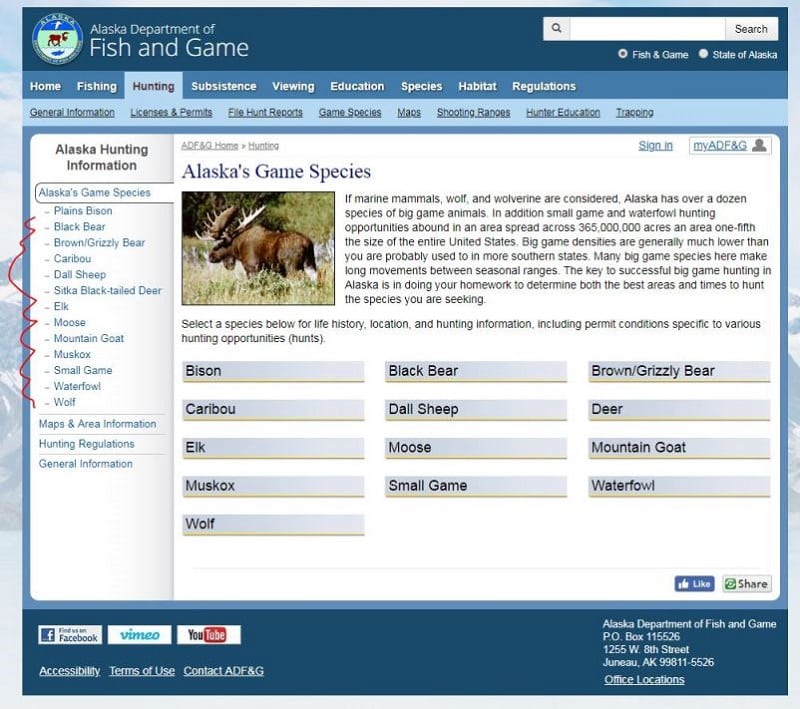
Research the Regulations (understand the laws)
Head over to the Alaska Department of Fish and Game website and become familiar with the regulations / rules. Note that the rules vary both by specie and Game Management Unit (GMU in Alaska). Ignorance of the law is no excuse. Your Alaskan buddy or even an outfitter might push the limits of legal, and potentially put you in moral dilemma that could both ruin your hunt and cause you legal trouble. The rules are not that complicated, if you are willing to spend the time to research and understand the steps needed to stay compliant.
One suggestion is to print the PDF files from the website both for your chosen specie and the GMU or GMUs you will be in. It’s only a few pages of paper and you can either laminate them, or fold and put into a quart size freezer bag. You never know what critter will pop up when and to hesitate when you could have harvested is a regret you shouldn’t have to face. The last few years I hunted in Alaska I downloaded the entire AK F&G Regulations to my cell phone in a PDF file. It was a great reference to have on hand.
Alaskan Draw Hunts
The application for Alaska Draw Hunts is typically November 1 – December 15. There are many draw opportunities for both residents and non-residents. The draw section of Alaska Fish and Game’s website has a LOT of data. It requires a lot of research to make good draw decisions. There is nothing worse than randomly choosing a draw, and then not being able to make the hunt a reality for you, thus depriving you and someone else of the opportunity. Draws in Alaska do not necessarily increase your chances of success, but are one way to reduce the number of hunters in the area.
Put in the Time
You need to spend some time planning, prepping, and “in Alaska” once you execute your strategy. It is critical to frame your expectations, vet outfitters / air taxis, guides, be adequately prepared, and spend time in Alaska. Most DIY Alaska hunts are typically around 10 days. Throw a day or two at each end for logistics and you have a solid two weeks pretty much tied up. People are successful in shorter durations but getting to Alaska can be the trip of a lifetime. Commit the time, Alaska is an amazing place and time here can fly by pretty darn fast. It is my opinion that you need to invest a solid two weeks into this adventure.
Get Quality Gear
Alaska is tough on people and gear. Quality gear is critical and should be tailored to the region you will be hunting in (i.e. sheep hunting in the Brooks Range vs. Moose hunting in a river delta). While I may champion 3-4 season tents and high dollar gear there always seems to be a success picture somewhere of a guy in sneakers, blue jeans, and toting an ancient lever action rifle, somewhere off in a remote corner of Alaska with an amazing trophy. What’s not shown is the plethora of other hunters who attempted his gear-less feat but went home early and empty-handed.
I still like to be prepared and comfortable, and highly recommend you buy the highest quality gear you can afford just like Rokslide guest contributor Ben Blakely recommends in his “TRIPOD OF SUCCESS” article.
Weapons
The Alaska standard for rifles is “stainless synthetic,” and calibers between 30-06 and .338 WM are popular for a reason. I have a custom, lightweight .338 WM (stainless / synthetic) that I use for everything from sheep to bear. I just prefer having that extra horsepower in bear country. Others are quite happy running their .308s. The most important factor though is being proficient with your weapon. Run quality scopes and bullets and understand your ballistics and personal limitations.
I am newer to the archery side of hunting and as such I relied heavily on my former local archery shop. Full Curl Archery in Anchorage is a great resource for a bow hunter seeking to understand the unique challenges Alaska may throw their way. The staff there are great people and always happy to help. It’s a great spot to swing in and verify gear, and pick up anything you might need, before heading afield.
Optics
Quality binos are a must have item, and a spotting scope can be critical depending on the hunt and terrain. There are lots of great articles out there to help you pick the right optic. Just be sure to tailor your optics to the hunt you are going on. A quality spotting scope may seem like a lot of weight to pack, but you’ll be glad to have it if you are counting brow tines or determining full curl in wide open country. I also prefer to have a rangefinder to complete my optics kit.
Communication
This is one of the most critical components of the trip. There are many ways to manage this; I’ll just list what I do. (I did not list numbers on purpose as they change, and you should always ensure you have the most current)
- Create a trip plan.
- Share that trip plan (Including location) with a trusted friend
- Ensure that friend knows what to do and WHEN to do it
- Have a plan for extended trips
- Weather delays are quite common
- Have a plan for communication with your transporter.
- Have a backup plan for the above communication and make sure the transporter clearly understands BOTH.
- Make a list of emergency numbers. Suggested numbers to include, but not limited to:
- AK Wildlife Troopers
- AK Search & Rescue
- AK State Troopers Dispatch
- LifeMed Alaska Helicopter (or whatever current company is in service)
- Your Transporters info, and their backup info
- Other Phone Numbers for notification purposes (family, boss, etc.)

If using a satellite phone, understand how it works. I’ve only used one a few times, and there are enough steps that it is best to practice a few times to make sure you got it down.
I think that established resident hunters have enough connections and local friends in-the-know, that a satellite phone can often be replaced by something like the SPOT or inReach. However, for those new to Alaska and particularly for those using a transporter, a Satellite phone is highly recommended. Not that the others won’t work, just that being able to speak to someone can be an advantage if things do not go as planned.
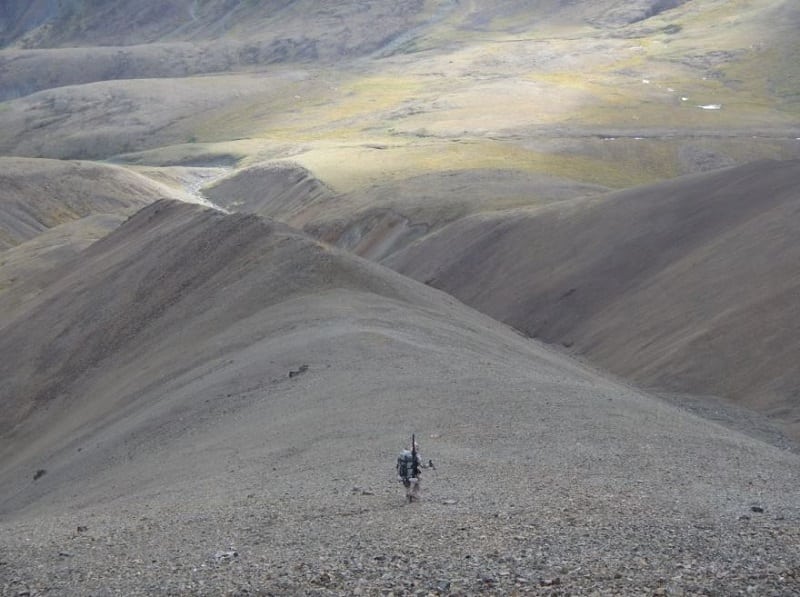
I am sure I am missing something, but I hope that those contemplating their first trip to Alaska should find this helpful as they plan their first trip. Research, research, read, read, network, vet, and repeat. Alaska’s 365,000,000 acres are calling, can you hear them?
You can ask Matt questions or comment here.














